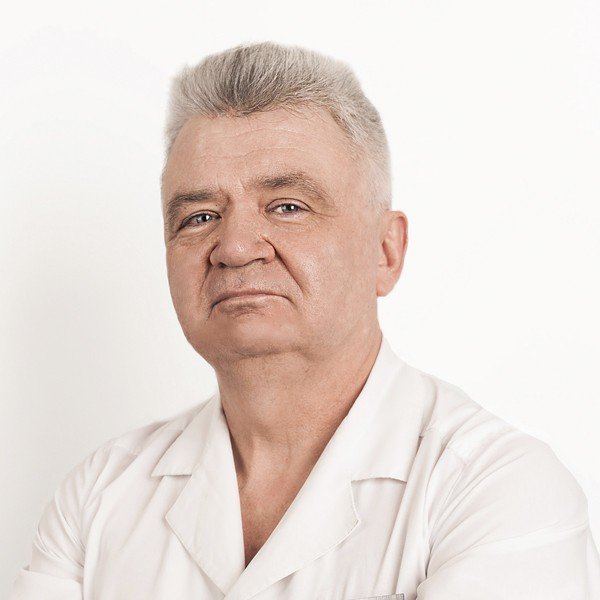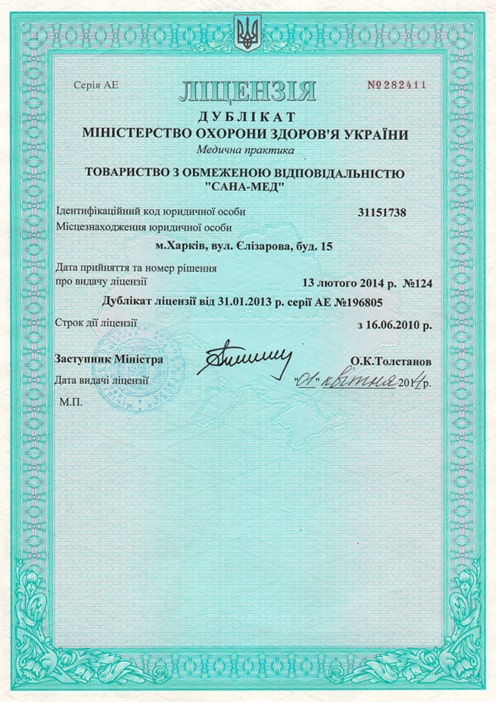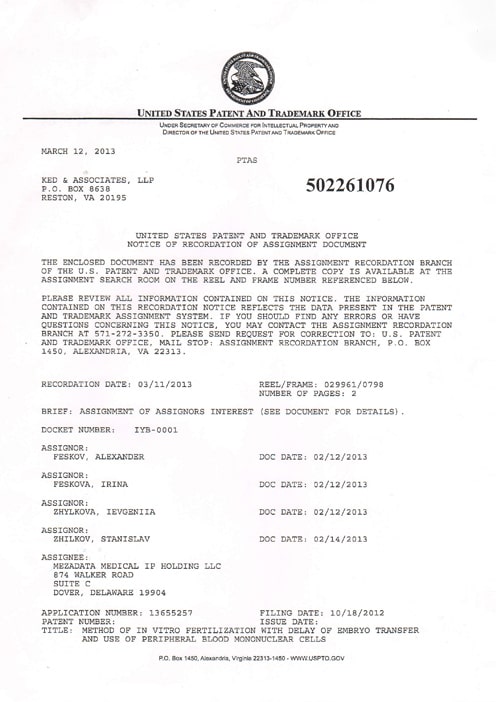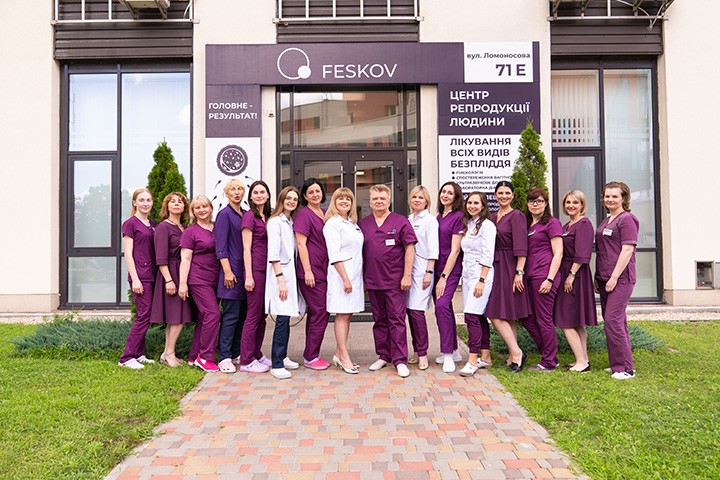ICSI is the procedure when the single spermatozoa is injected inside the oocytes. The ICSI method is used in the case of male infertility. The spermatozoa is chosen according to the morphology criteria. ICSI is one of the variants of the in vitro fertilization methods.
Method of ICSI is used when:
• there are no spermatozoa in the ejaculate (azoospermia);
• there is a low spermatozoa concentration – less then 2 mln/ml (oligozoospermia);
• there is a little amount of active spermatozoa (asthenozoospemia);
• there are less then 5 % of spermatozoa with the good morphology (theratozoospermia);
• there is no fertilization in the case of basic IVF method.
The ICSI technique
The ICSI procedure is done at the day when oocytes are received (or at the next day). ICSI may take a place with the oocytes which reach the M II stage of development (the oocytes with the first polar bodies).
The spermatozoa are received from ejaculate or by method of operation. With the help of micromanipulators the best spermatozoa is chosen. With the help of special ICSI needle spermatozoa is injected inside the oocytes. The fertilization is received by such way. The fertilization is received in the 20 – 60 % of oocytes. There are some cases when fertilization is not received. It depends on the oocytes quality and on the hardships which can take place during ICSI procedure. ICSI procedure cannot predict chromosomal anomalies in the spermatozoa.
Conditions of ICSI success
- Getting of spermatozoa with motion.
- High quality of oocytes











Reviews about us
My name is Paul and I am from Los Angeles, California. I heard a lot of very good reviews about this particular hospital. I had some fluid built up in my scrotum along with some dead veins which caused a lot of pain. I was very nervous. After surgery, I did not feel very much pain and I was walking around freely the next day. I was very pleased to know Doctor Anna Ivanova had about 15 years of experience and performed around 3,000 surgeries. She was also very friendly and patient with me and always came by to make sure everything was taken care of. The whole medical staff was great. Especially my anesthesiologist Kosharnovskiy Andrey and one particular nurse named Oksana. Anesthesiologist Kosharnovskiy Andrey is a very professional specialist who speaks perfect English. He asked me many questions concerning my health. The surgery was successful and the next day Anna, Andrey and Oksana came to my room to make sure I felt good. I would highly recommend Anna and Andrey as the best doctors ever!
Read reviewsI want to share my experience and recommend this clinic to everyone. I was on inpatient treatment (laparoscopy and hysteroscopy) in April 2020, came from Poltava and never regretted it, first the anesthesiologist listened to me carefully and gave his recommendations, then after preparation under anesthesia, a rather complicated operation was performed by a qualified surgeon, modern equipment, excellent comfortable conditions, caring attitude of the staff, well-coordinated teamwork, all this can be found here, for me it is a clinic
Read reviewsWe want to thank two wonderful doctors, Zozulina OM And Ivanova AV Thanks to you, we have a wonderful long-awaited son! Thank you from the bottom of my heart and the whole team of professionals! You are the best in your business!
Read reviewsI want to share my experience and recommend this clinic to everyone. I was on inpatient treatment (laparoscopy and hysteroscopy) in April 2020, came from Poltava and never regretted it, at first the anesthesiologist listened to me carefully and gave his recommendations, then after preparation under anesthesia, a rather complicated operation was performed by a qualified surgeon , modern equipment, excellent comfortable conditions, careful attitude of the staff, well-coordinated teamwork, all this can be found here, for me it is a clinic
Read reviews